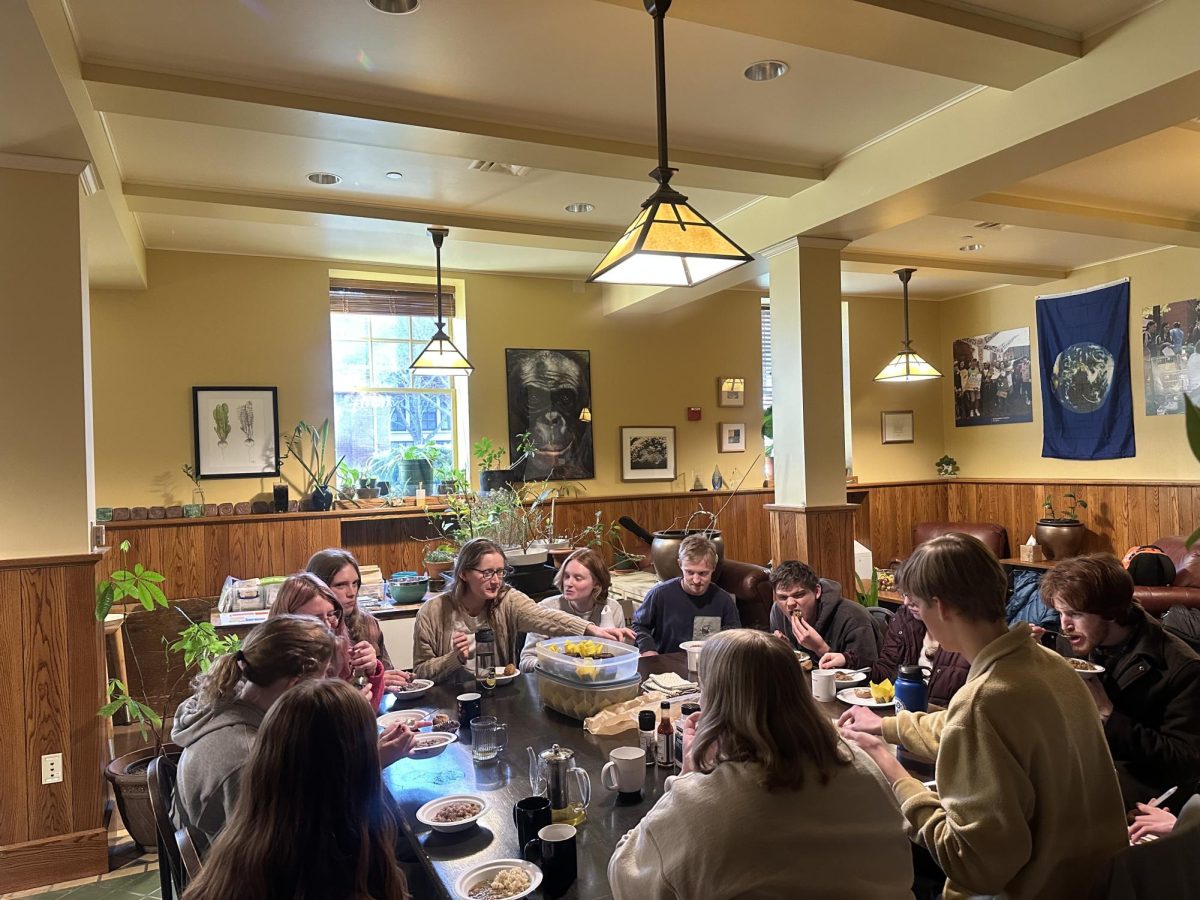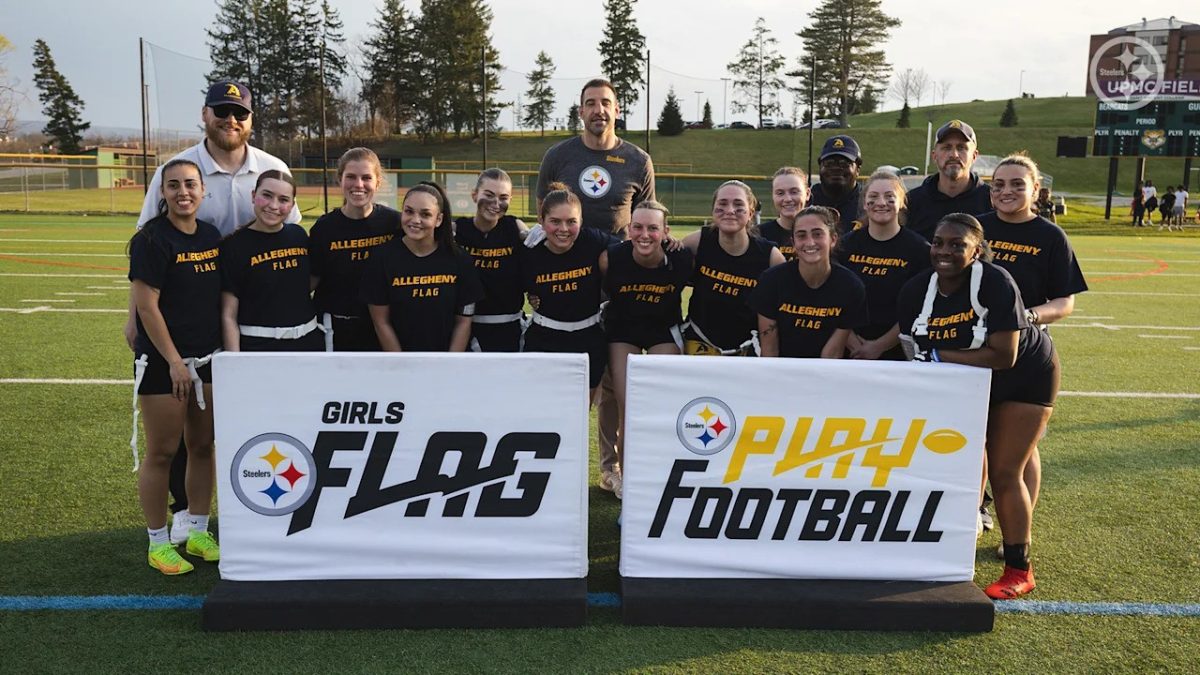7 hours, 1 minute, and 41 seconds. That’s the time an average user will spend on browsing Facebook.com each month, according to a recent study by Nielsen Media Research. Add Facebook’s 500 million-user base, and the 75 million people who use the text-based social networking site Twitter, and it is clear that social networking has taken the world by storm. These sites have become nearly ubiquitous among college students in the United States today.
“That’s where the students are. If you look at research, it shows that usage increases each year,” said Laura Jacobs, assistant director of admissions at Allegheny College.
Across the U.S., an increasing amount of schools are welcoming the use of popular social networking platforms such as Facebook and Twitter as ideal, expedient means of communicating to students, alumni, and friends as well as maintaining respected public images. In an age where swift information has become nearly imperative, these platforms provide a contemporary approach to the way colleges approach interaction and information.
Out of the nation’s top 100 liberal arts colleges, as ranked by US News and World Report, a staggering 95 percent maintain a regularly updated Twitter account, and all have a Facebook page.
Many students have browsed, joined, or followed the college’s respective Twitter and Facebook accounts, but some may be left wondering just how competently Allegheny uses these social media platforms.
“So far, I think they (Allegheny) are doing pretty well. I see an increasing usage of Twitter on campus,” said Pat Canella, ’11, whose senior comp involves a case study on the use of Twitter in the college’s various departments.
At Allegheny, numerous departments have jumped on board by using these social networks to connect with prospective and current students.
For example, if a potential applicant were to check the Allegheny admissions department’s Twitter page (@AlleghenyAdmiss), he or she would find links to various resources in the form of 140 character tweets, from an early financial aid estimator to the college’s test score submission policy.
@gatorsports, the official Twitter page of the athletic department, ‘tweets’ endless bits of terse messages regarding news, statistics, and scores of the Allegheny Gators. Public Affairs uses both Twitter and Facebook to give daily updates concerning anything from the college’s latest Princeton Review rating to significant achievements by college alumni. Student organizations such as Gators Activities Programming use both Twitter and Facebook to provide updates on future meetings and events.
Upcoming freshmen can discuss, share interests, and ask questions in Facebook groups created for their respective classes. This year, the group had nearly 800 members.
Nationally, many colleges are even using Facebook to allow students to pick their roommates through an application called RoomBug.
“On Facebook, I think we could be more engaging,” Jacobs said. “I’ve seen other colleges that are doing some cool stuff such as making their page their own. We haven’t yet made it that interactive and that pretty.”
In the realm of higher education, the opportunities for social networking appear to be ample. Some, however, doubt its efficacy and practicality.
According to a recent report by the Chronicle of Higher Education, only 40 percent of admissions offices are using Twitter while a mere 15 percent of potential students stated that they would like to hear from colleges through that medium.
Still, this usage provides an intriguing insight into the direction of the school’s communications as a whole. While Allegheny’s usage of social networking appears to be in its infancy, it looks to have taken an enormous leap in the right direction as society shifts into this new age of communication.
Categories:
Allegheny enters the Twittersphere
September 8, 2010
Story continues below advertisement
0
More to Discover







